Green brand development trends of some large FDI enterprises in Vietnam
A green brand is a brand with green products, activities, and services that are environmentally friendly and beneficial to consumers' health... For organizations, building and maintaining a green brand not only creates economic benefits but also brings social and environmental benefits (1) . In recent years, consumer demand for environmentally friendly products and services has also increased rapidly and become an essential need. A green brand is not only a trend but also an important criterion for businesses to affirm their position, develop sustainably and create competitive advantages. Accordingly, a green enterprise is “an enterprise that does not cause negative impacts on the local or global environment, on the community or the economy. A green enterprise needs to ensure three main factors and criteria including: 1- Compliance with environmental protection laws; 2- Compliance with environmental standards and regulations; 3- Compliance with environmental management records and other related issues” (2) .
Faced with the risk of gradually depleting resources, pressure from population growth, epidemics, etc., sustainable development has become a reality that businesses must find ways to adapt and respond to, in which green development is an important step that businesses must implement. Practice shows that Vietnamese consumers are increasingly interested in green brands and the impact of green brands on life. "Green consumption demand in Vietnam has grown by an average of 15% per year in the period 2021 - 2023. More than 72% of Vietnamese consumers are willing to pay more for green products, showing that consumers' awareness and concern for health and environmental protection are increasing" ( 3) .
In recent years, the activities of FDI enterprises in Vietnam have contributed significantly to economic growth, led exports, created jobs and stable incomes for workers, supported Vietnamese enterprises to participate in the global value chain and promoted economic restructuring towards modern industry. In 2024, the realized capital of foreign direct investment (FDI) projects is estimated to reach about 25.35 billion USD, an increase of 9.4% over the previous year (4) .
Production line of smart, environmentally friendly sensor products of Hyundai Kefico Vietnam Co., Ltd., invested by South Korea, in Dai An II Industrial Park, Hai Duong province_Photo: VNA
To attract FDI and compete with countries in the region, Vietnam has continuously improved the investment environment, perfected institutions for business activities, and at the same time, the Party and the State have also issued guidelines and policies requiring more careful selection of foreign investment projects in the direction of prioritizing high-tech projects, digital transformation, green development, environmental technology, green hydrogen technology, etc. Therefore, a requirement for FDI enterprises is to focus on building and developing green brands. Some typical FDI enterprises in building and developing green brands have contributed to the goal of successfully implementing Vietnam's Net Zero commitment, such as Samsung, LG Display, Intel, Qualcomm, Heineken, Coca-Cola, etc. Of which, three FDI enterprises Formosa, Samsung, Heineken have implemented many activities to build and implement typical and effective green brand communication. Enterprises not only focus on communicating about brands in general, but also focus on communicating about green brand building in particular. Enterprises have thoroughly understood and complied with Vietnam's regulations and policies on environmental protection; demonstrated their commitment to developing sustainable products, minimizing environmental impacts through the use of renewable energy, reducing electronic waste and promoting environmentally friendly production processes; developing energy-saving and easily recyclable products... The green branding communication messages of Samsung, Formosa, and Heineken all closely follow the Party's policies and the State's policies on environmental protection, on the commitment to zero net emissions, on developing green consumption and green economy.
The green branding communication content of enterprises is diverse in topics. With 3 main groups of topics/content, including: 1- Communication about green activities of enterprises; 2- Communication about green products of enterprises; 3- Communication about green services of enterprises. The green branding communication has demonstrated the core content in green branding of FDI enterprises in Vietnam in general and the three enterprises Samsung, Formosa, Heineken in particular. At the same time, each topic group has sub-topics, with many different articles.
Enterprises such as Formosa, Samsung, Heineken have used many communication channels to convey messages. Each communication channel has many videos with different forms in language, duration, capacity, broadcast time... With the development of digital channels and media, all green branding communication information of the 3 enterprises is posted on social media platforms so that employees, the public - customers can easily receive it, receive it according to personal needs. Some green branding communication products and videos of the 3 enterprises have a certain appeal in form, due to the use of visual language to convey the message and ensure brevity.
Communication effectiveness is seen in the change in awareness, attitude, and behavior of the public - customers - partners under the impact of communication messages implemented by the subjects at FDI enterprises. That change must be consistent with the purpose set by the FDI enterprise. Customers using the products of enterprises have a correct perception of the green brand of FDI enterprises expressed in environmentally friendly products and services; the enterprise's social responsibility; the enterprise's brand is reputable, trusted by many people and has sustainable value. From the correct perception of the green brand, customers have chosen the enterprise's products because the products are of quality, the brand is reputable, the enterprise is committed to protecting the environment and has competitive prices. Customers not only give reasons for choosing a business's products/services but are also willing to pay a higher price for a product/service from a socially responsible and environmentally friendly business, showing that green branding communication content has contributed to changing the community's awareness and attitude towards life.
The green branding communication activities of Samsung, Formosa and Heineken have contributed to enhancing the social responsibility of FDI enterprises in Vietnam. The application of social responsibility activities can be considered as a special marketing activity linked to brand personality to influence stakeholders' perceptions of FDI enterprises, leading to enterprises actively applying social responsibility activities designed to resonate with both brands and consumers, improving consumer awareness of Samsung, Formosa and Heineken enterprises, as well as increasing awareness of the development of a green economic model, "the optimal solution towards a green economy - economic growth in harmony with social and environmental benefits" (5 ) .
Previously, the community was concerned because some FDI enterprises caused environmental pollution during their business operations. In particular, “FDI enterprises account for 60% of the total number of enterprises discharging waste exceeding standards” (6) , making “according to the national ranking of air pollution levels by IQAir, Vietnam is currently ranked 36/118 countries worldwide , with the capital Hanoi alone having the 3rd highest pollution level in the world (7) . Recognizing the impact on the ecological environment, FDI enterprises have now made many positive changes, proactively building green brands to become green FDI, “having production processes that minimize environmental pollution, aiming to both develop the economy, while rationally using resources, avoiding environmental destruction, climate change and ecological imbalance in the host country” (8) . Not only FDI enterprises, but “Industrial park management boards also have a more positive view of the role of environmental protection as a prerequisite for attracting FDI. In the past, environmental protection was often seen as an impact that increased costs, thus not consistent with economic benefits. However, industrial parks are now more interested in screening and assessing environmental impacts to ensure that investment projects will be environmentally friendly" (9) . The positive change in awareness and actions of FDI enterprises, partly thanks to green branding communication activities, has had a certain impact on the green branding activities of FDI enterprises in Vietnam.
Some limitations
Besides the achieved results, the green branding communication of three FDI enterprises Formosa, Samsung, and Heineken still has some limitations:
Firstly , about the communication content. The information content in some information is not really attractive; there is not much information about green branding. The topic of green branding communication of FDI enterprises is a good topic, meaningful to enterprises, society, and consumers, but not attractive in terms of "communication art". In terms of quality, there are still some news and articles related to green brands of all three enterprises that are not really attractive, not arousing emotions and feelings in the recipient. Enterprises have a small number of green branding communication works, the content of green branding information of enterprises is not convincing.
Second , the content of green branding has not been communicated and promoted strongly in some product advertisements, project campaigns, and corporate events. In fact, the green branding communication products, projects, campaigns, and events of the three surveyed FDI enterprises have the following status: 1- Communication content often focuses only on the features and benefits of the product without mentioning the positive impacts of the product on the environment and society; 2- Only a few communication projects have green branding content or integrate green branding content. The survey shows that not all projects and campaigns of enterprises aim at green branding (10) . The common point of enterprises is that they have not built a specialized green branding communication campaign, but often stop at the level of "integrating" communication about green campaigns; 3- Some communication projects have not spread and promoted widely or deeply.
Third , although the content groups on green branding ensure diversity, the multi-facetedness, multi-dimensionality, depth, and detail of the content aspects of green branding of FDI enterprises are still not good, specifically: 1- Enterprises only focus on promoting the results achieved in environmental protection without really sharing the difficulties, challenges, and specific environmental improvement journey of the enterprise. This makes the message less convincing and sympathetic, not creating "emotional touch points" for the receiving public; 2- The multi-dimensionality, multi-facetedness, and interactivity of information on green branding of the three FDI enterprises are not really guaranteed. Enterprises only communicate one-way about the achievements of green branding of the enterprise; while the opinions of the public - consumers about green products and the assessments and comments of local leaders and people about green activities and green services of the enterprise have not been focused on reflecting. Every business has its own story about its journey to sustainable development. However, not every business knows how to exploit and convey these stories effectively.
Fourth , the green branding communication content is still quite fragmented and scattered, without any specialized pages or focused, key columns to attract the public. For all three enterprises, green branding communication is not a top priority in communication activities, or in other words, all three enterprises have not yet developed and approved campaigns and plans for green branding communication. Green branding communication products are being unevenly arranged on the corporate website (11) . There are still green branding communication works of all three enterprises that are abusing writing combined with pictures, rather than taking advantage of traditional creative forms. Diversifying green branding communication channels for FDI enterprises is an important requirement, because the public is diverse, everywhere, with different levels, ages, economic conditions, and access capabilities, so they have different needs, psychology, and information reception habits. Because the number of public - customers - communication objects of FDI enterprises is large, especially Samsung, Heineken, it leads to certain difficulties for the communication subjects building green brands in approaching the needs, tastes, and reception habits of each specific object. The effectiveness of communication activities is optimal when the communication message is directed to the target audience groups, when the communication subject clearly grasps the needs, tastes, desires, and message reception capacity of the object. However, FDI enterprises Formosa, Samsung, Heineken have not focused on communication according to each audience group, and communication is based on a subjective perspective. At the same time, interactive activities with communication objects are limited, information is one-way and lacks connection with customers.
Fifth , the quantity and quality of human resources working on green branding communication of FDI enterprises have not really met practical requirements.
The communication staff in the three enterprises have not been provided with sufficient information about green branding activities, lack of deep understanding of green branding, and communication about green branding of enterprises; have not yet mastered communication skills using new technology, and still focus on written communication, leading to certain limitations in the quality of green branding communication. Human resources for green branding communication activities have not been properly invested.
Sixth , the lack of close connection with Vietnamese culture, with the psychology and customer service habits of the Vietnamese public, makes some green branding communication content of businesses lack appeal.
With the characteristic that FDI enterprises have the majority of management and business leaders being foreigners, there is still a reality that FDI enterprises do not really understand deeply about Vietnamese culture with customs, practices, cultural conditions, characteristics and needs, capacity, and communication reception habits of the Vietnamese public. Along with the lack of surveys and research by FDI enterprises on the public media to build green brands of enterprises, leading to the situation of having inappropriate communication content, not really creating harmony with the emotions and feelings of Vietnamese consumers.
It is necessary to strengthen the implementation of creative communication campaigns, using social media to spread green messages (In the photo: Samsung TV eco-packaging recycling contest with the theme "Creating a green world")_Source: kenh14.vn
Solutions to improve the effectiveness of green branding communication for FDI enterprises in Vietnam
First , building green brand communication programs creates a positive impact on consumer behavior. To create the premise for successful green brand application, businesses need to have programs to raise environmental awareness of consumers, while increasing positive consumer behavior to create an increasingly large green consumer market. Businesses build transparent and authentic communication content, emphasizing the commitment to environmental protection, using green technology and sustainable supply chains. Information transparency through ESG reports, eco-labels and green certifications (LEED, ISO 14001) will build trust with customers. In addition, businesses can deploy creative communication campaigns, using social media, interactive videos and KOLs (influencers) to spread the green message. Consumer behavior change should be encouraged through incentive programs, such as discounts on recycled products or bonus points for reusing packaging. In addition, cooperation with environmental organizations, organizing “green living” events and promoting sustainable consumption in the community also contributes to raising consumer awareness. Strengthening solutions to promote responsible consumption trends in Vietnam. Enterprises should create factors that promote positive consumer awareness, such as promoting community benefits or ethical factors ( 12) .
Second , increase investment in technology and product research. Enterprises invest more in production lines, focusing on using clean energy sources, renewable energy such as wind energy, solar energy; improve the system of reusing waste from the production process. Promote the application of green technology, such as artificial intelligence (AI), automation and Internet of Things (IoT) to optimize production, reduce energy consumption and limit environmental impact. In addition, enterprises need to increase investment in R&D (research and development), build research centers in Vietnam to develop environmentally friendly products, suitable for domestic and international market needs. Cooperation with research institutes, universities and technology organizations helps enterprises access high-quality human resources and apply new inventions to products. Businesses should partner with green technology companies and businesses, promote innovation and experiment with bio-based and recycled materials.
Third , forming a green production - green distribution link. Enterprises need to apply modern technology to reduce energy consumption, use environmentally friendly materials and effectively manage waste according to international standards such as ISO 14001. In addition, the use of renewable energy such as solar power and wind power will help reduce emissions and enhance brand image. Regarding green distribution, enterprises need to develop sustainable supply chains by cooperating with green certified partners, minimizing plastic packaging and optimizing transportation by environmentally friendly means. In addition, promoting e-commerce and reducing waste in logistics also play an important role. To build a green brand, enterprises need to strongly communicate their environmental commitments, be transparent in ESG reports and cooperate with environmental organizations.
Fourth , establish a specialized green branding department. To effectively communicate green branding, businesses need to establish a green branding department or board, responsible for monitoring environmental activities, from production, distribution to communication. This department needs to have a team of experts in the environment, green marketing and sustainable supply chain management. In addition, businesses should integrate ESG (Environment - Society - Governance) into performance evaluation criteria, ensuring that green branding is implemented comprehensively. Close coordination between the green branding department and departments such as production, operations, and marketing will help businesses build a sustainable image. In addition, businesses need to invest in research and innovation in green technology, strengthen cooperation with environmental organizations and be transparent in sustainable development reports.
Fifth , effectively and regularly conduct market research. Businesses' market research also needs to be conducted regularly to quickly identify green consumption trends and take the lead in applying green brands to dominate the market. Accordingly, businesses need to collect data and analyze customer behavior through surveys, interviews and big data technology to determine the level of consumer interest in green products. At the same time, market segmentation helps businesses position the right target audience, thereby building a more effective communication strategy, suitable for the culture and habits of Vietnamese consumers. In addition, businesses need to monitor global green trends and apply successful models in developed markets to Vietnam. Cooperating with research organizations and market analysis companies will help businesses gain insight into purchasing motivations and barriers to green consumption. In addition, testing small communication campaigns before widely deploying them will help businesses adjust messages accordingly./.
--------------------
(1) See: Jian Zhou - Lucinda Sawyer - Adnan Safi: “Institutional pressure and green product success: The role of green transformational leadership, green innovation, and green brand image”, Frontiers in Psychology, vol. 12, pp. 1-15
(2) See: Nguyen Thi Bich Ngoc: "Solutions for developing green businesses in Vietnam", Electronic Finance Magazine , April 3, 2022, https://tapchitaichinh.vn/giai-phap-phat-trien-doanh-nghiep-xanh-tai-viet-nam.html
(3) See: Ngoc Han: "Consumers focus on sustainability, businesses transform business models", Ministry of Industry and Trade Electronic Information Portal , November 10, 2024, https://moit.gov.vn/phat-trien-ben-vung/nguoi-tieu-dung-chu - trong-yeu-to-ben-vung-doanh-nghiep-chuyen-doi-mo-hinh-kinh-doanh.html
(4) See: Minh Ngoc: In 2024, FDI disbursement capital will reach a record high, Government Electronic Newspaper , January 6, 2025, https://baochinhphu.vn/nam-2024-von-fdi-giai-ngan-cao-ky-luc-102250106101728669.htm
(5) See: Ho Chi Minh City Department of Science and Technology: Proceedings of the Scientific Workshop on Application of Science and Technology in Building Circular Economic Models to Serve Socio-Economic Development of Ho Chi Minh City, December 26, 2023, p. 6
(6) See; “60% of FDI enterprises discharge waste exceeding standards?”, Voice of Vietnam electronic newspaper , July 10, 2016, https://vov.vn/kinh-te/doanh-nghiep/60-doanh-nghiep-fdi-xa-thai-vuot-quy-chuan-528824.vov
(7) Nguyen Thi Thuong: "The current situation of the impact of foreign investment on the ecological environment in Vietnam", Electronic Industry and Trade Magazine , April 8, 2023, https://tapchicongthuong.vn/thuc-trang-tac-dong-cua-dau-tu-nuoc-ngoai-toi-moi-truong-sinh-thai-tai-viet-nam-103979.htm
(8) Pham Thi Thuy Duong: "Solutions to attract green FDI in Vietnam", Electronic Finance Magazine , July 9, 2022, https://tapchitaichinh.vn/giai-phap-thu-hut-fdi-xanh-tai-viet-nam.html
(9) Nguyen Thi Thuong: "The current situation of the impact of foreign investment on the ecological environment in Vietnam", ibid.
(10) Samsung has only 4/9 and Heineken has 6/9 2023 - 2024 campaigns directly about green branding
(11) Of the 3 surveyed enterprises, Formosa had the least number of works and videos, with only 111 works on the website in 2023 and the first 10 months of 2024. Formosa had only 23 articles in 22 months, an average of 1 article posted on an online newspaper each month; Heineken had 101 articles (an average of nearly 5 articles each month) and Samsung had 114 articles (an average of more than 5 articles each month).
(12) See: Nguyen Thi Thu Ha - Bui Quang Tin: "Some solutions to enhance green marketing of enterprises in Vietnam", Foreign Economic Journal , No. 77 (11-2015), p. 93
Source: https://tapchicongsan.org.vn/web/guest/nghien-cu/-/2018/1088902/truyen-thong-xay-dung-thuong-hieu-xanh-cua-mot-so-doanh-nghiep-fdi-tai-viet-nam.aspx


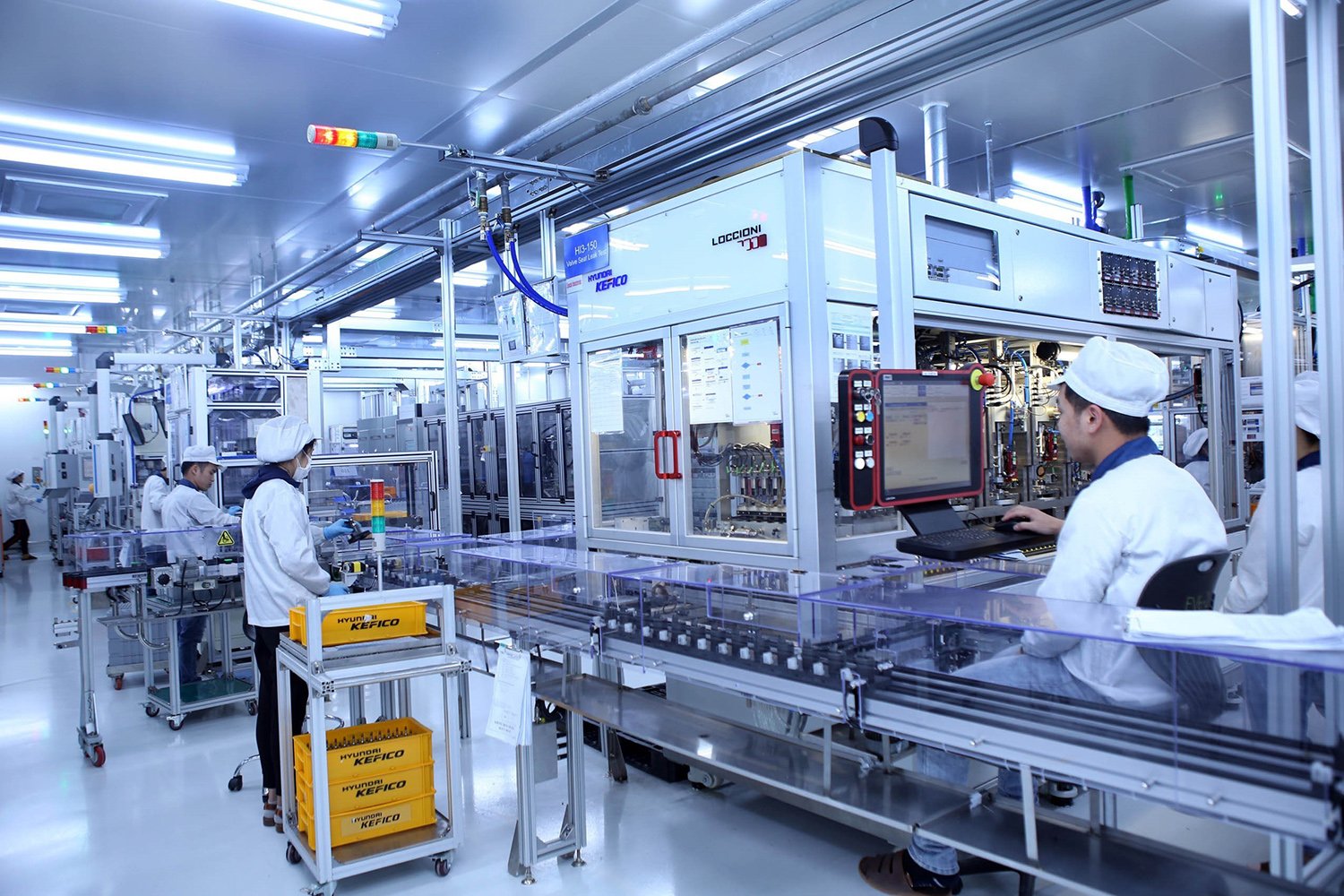
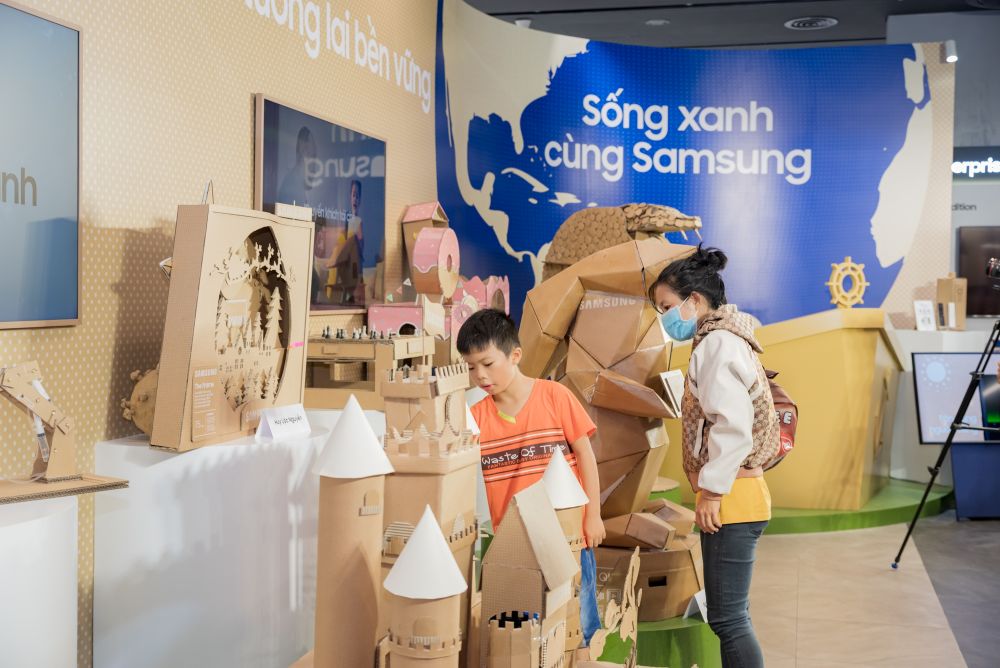

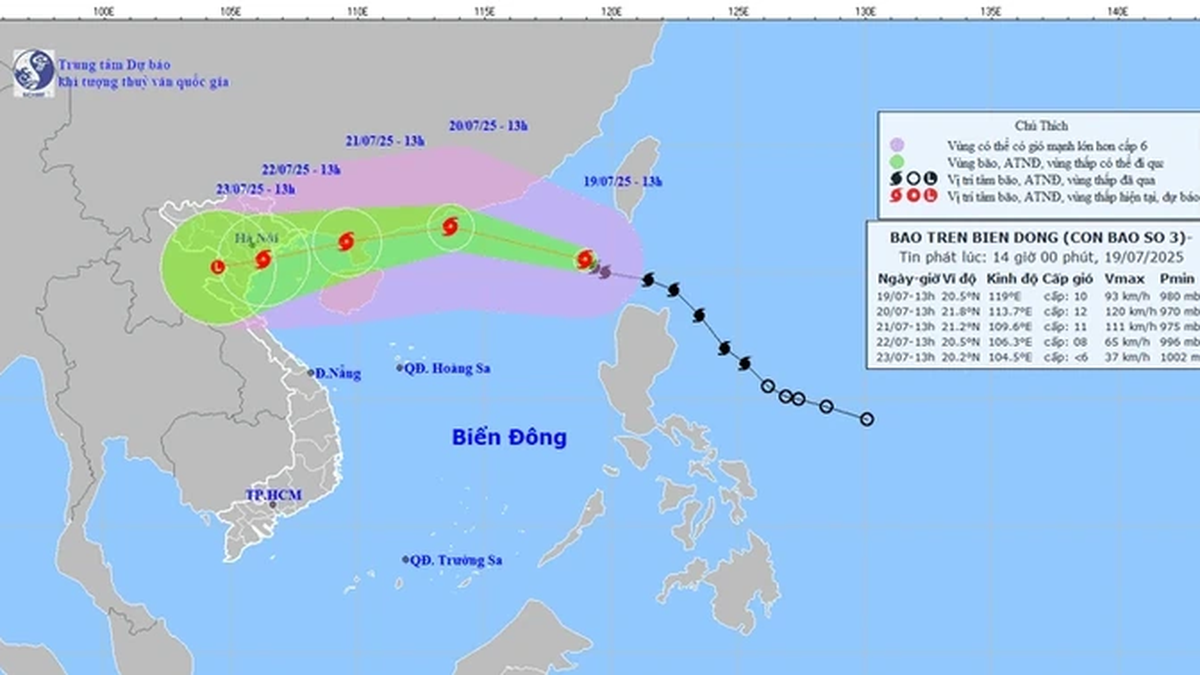


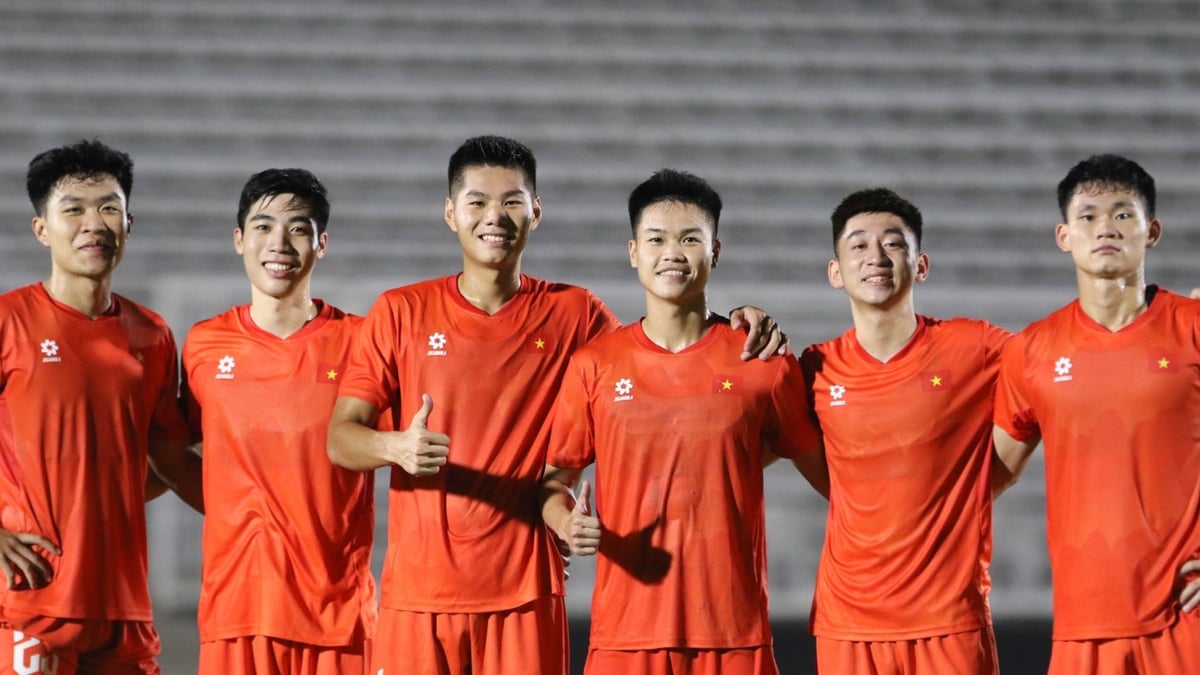
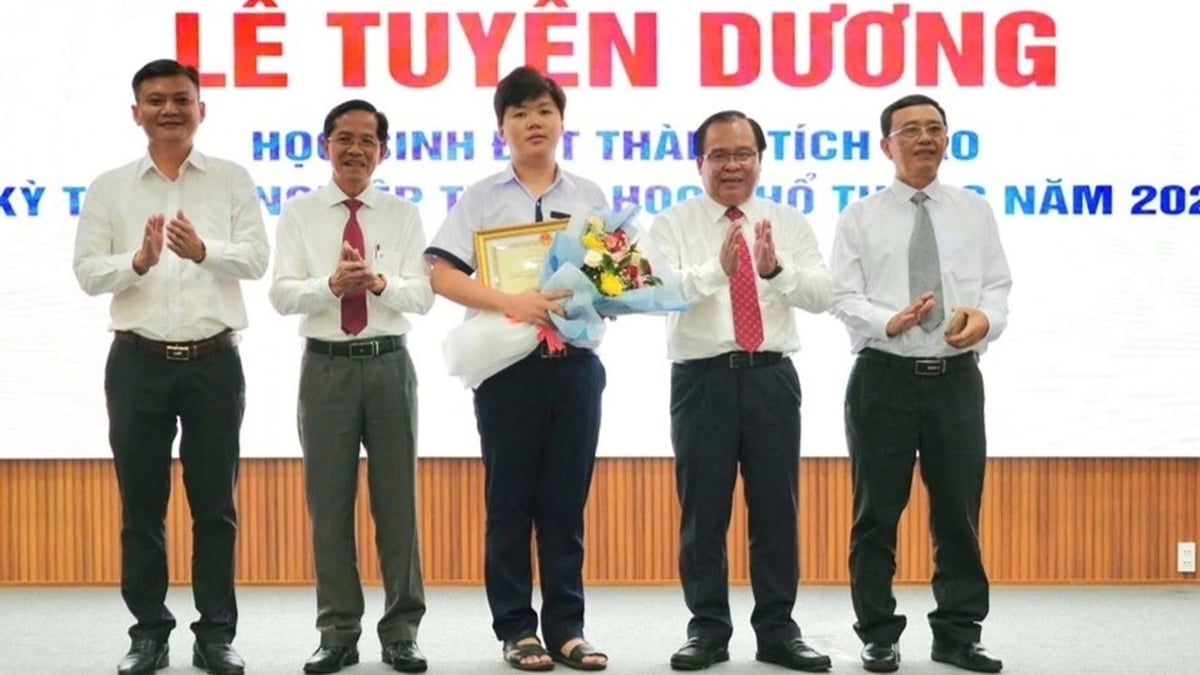
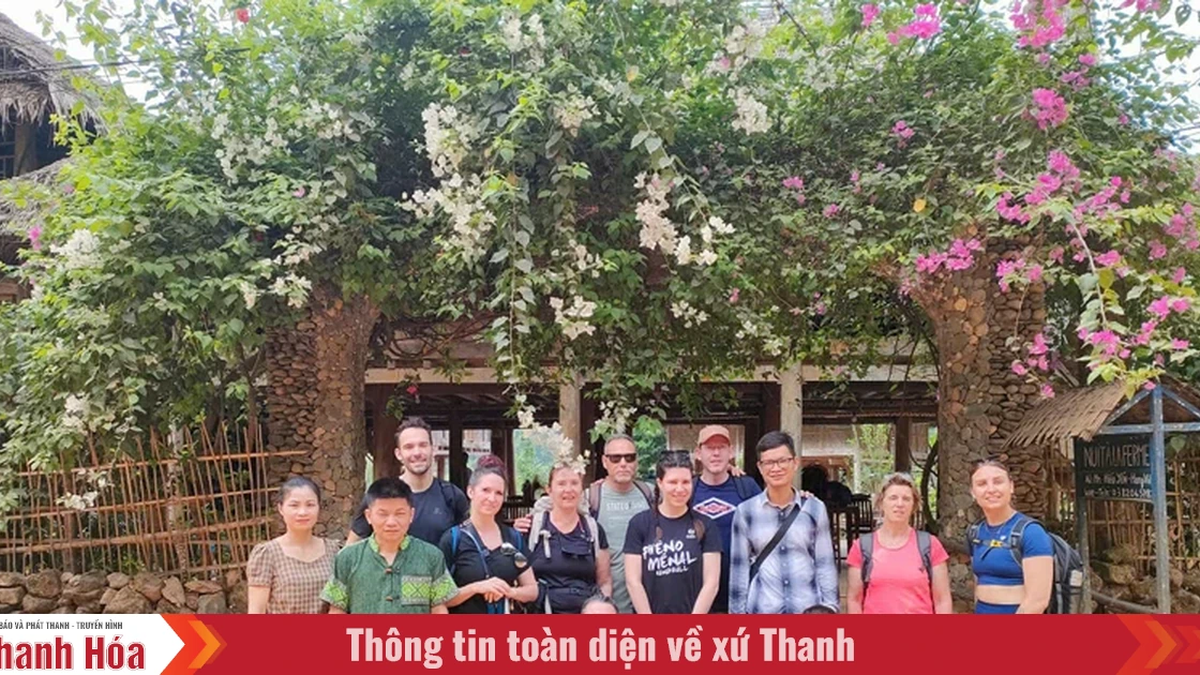
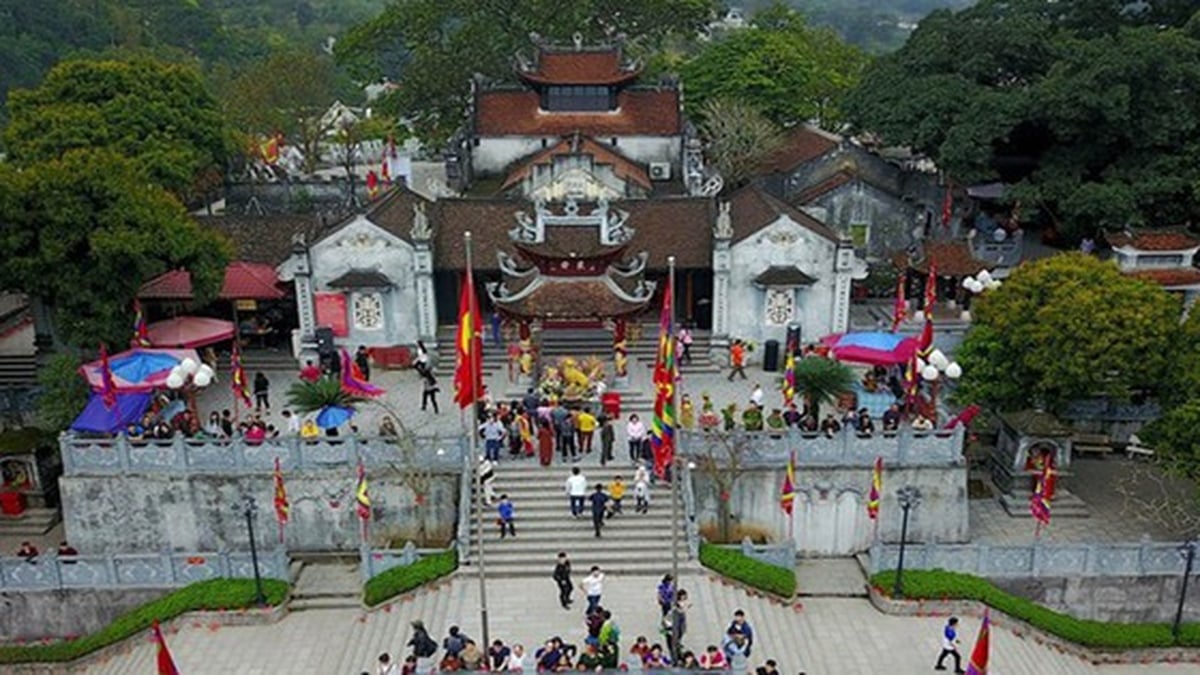
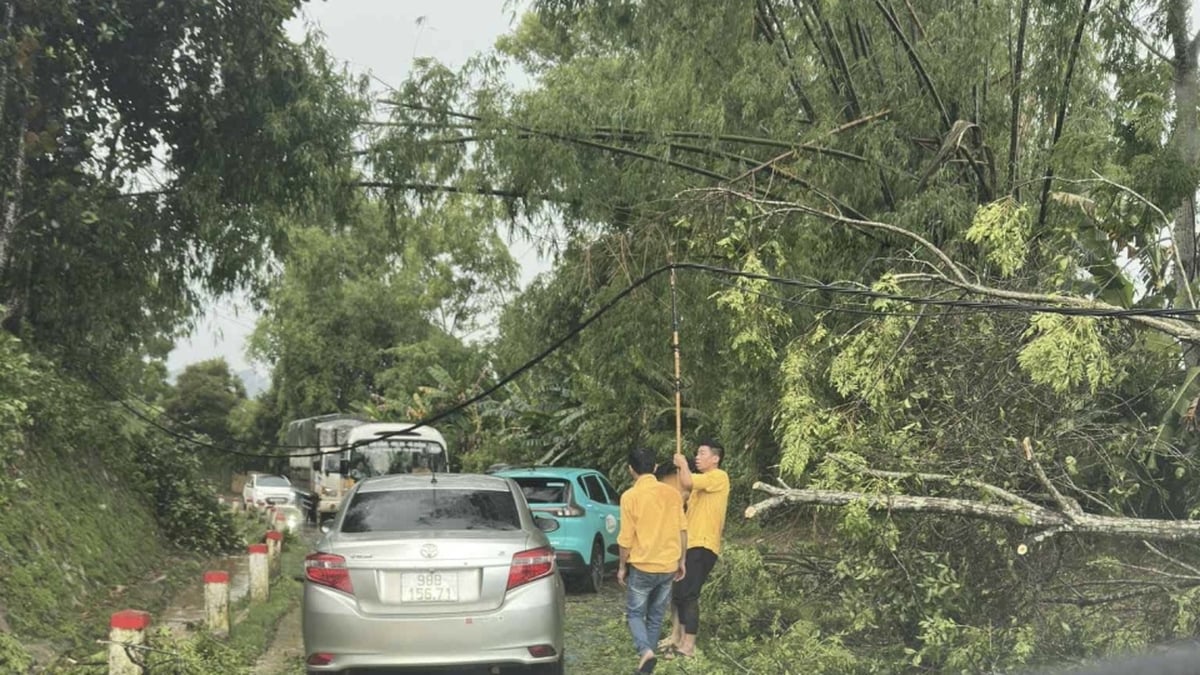
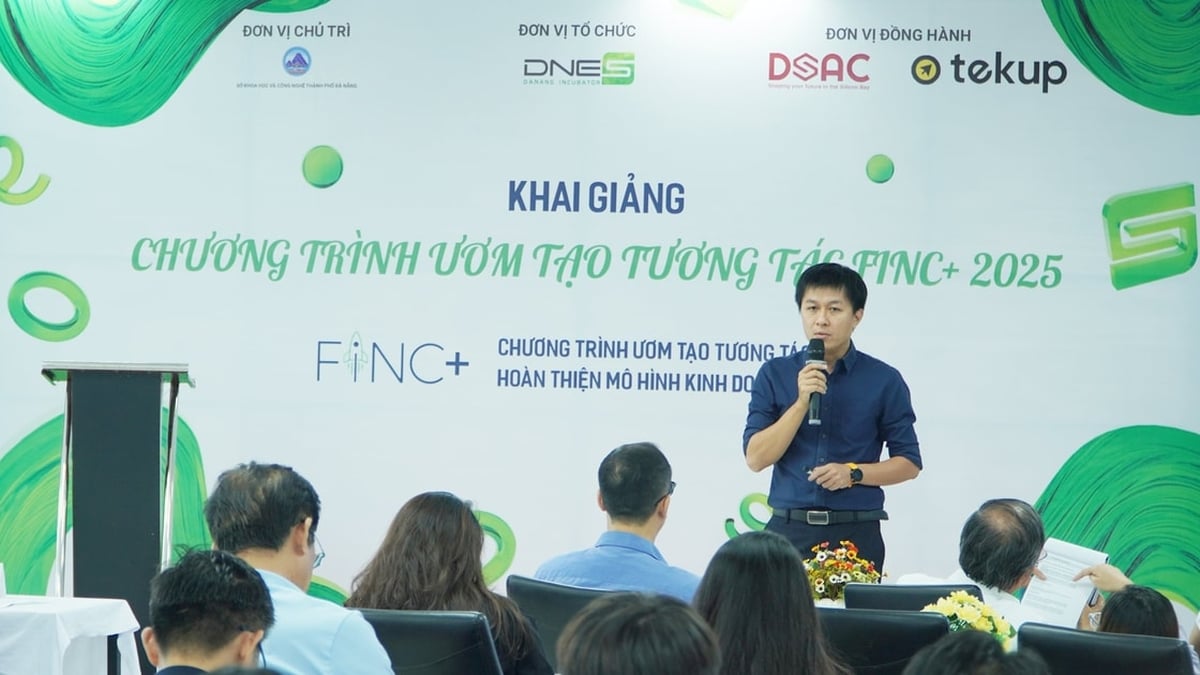




















































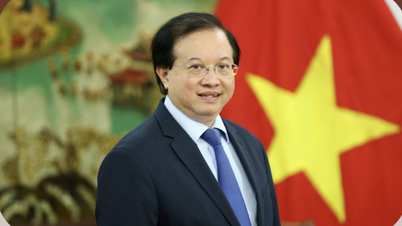


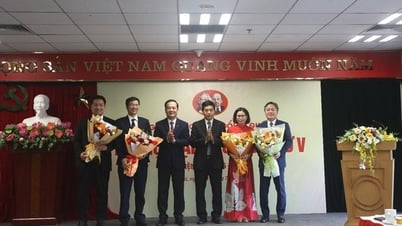

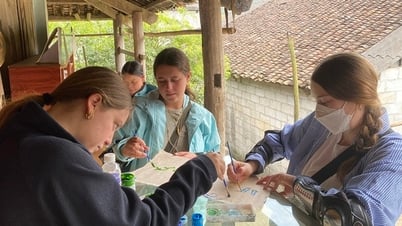

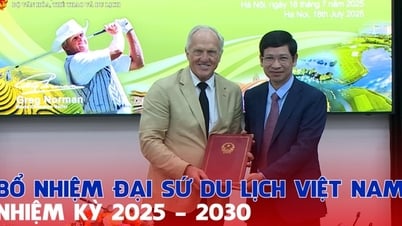


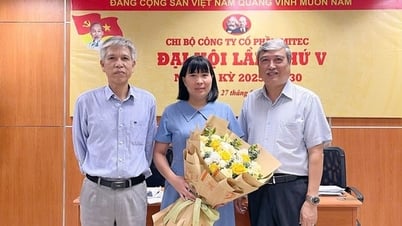
























Comment (0)